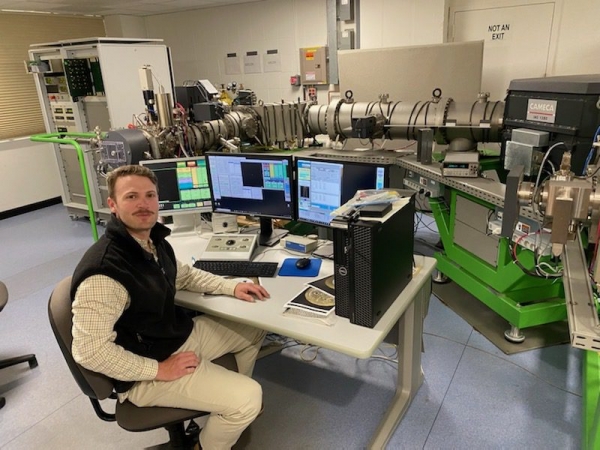The percentage of water in arc volcanoes, which form above subduction zones, may be far more than many previous studies have calculated.
This increased amount of water has broad implications for understanding how Earth’s lower crust forms, how magma erupts through the crust, and how economically important mineral ore deposits form, according to a new paper led by authors from the Woods Hole Oceanographic Institution (WHOI), “High water content of arc magmas recorded in cumulates from subduction zone lower crust,” published in Nature Geoscience.
The estimated water concentrations in primitive arc magmas from this study are more variable and significantly higher than the average of about four weight percent of water found in other studies, according to the paper. The results show that primitive arc H2O after extensive crystal fractionation in the lower arc crust, the paper adds.
Read more at: Woods Hole Oceanographic Institution
Benjamin Urann, who graduated from the MIT-WHOI Joint Program in 2021 and is now a NSF postdoctoral fellow at University of Wyoming, analyzes water in minerals with a secondary ion mass spectrometer at the Woods Hole Oceanographic Institution. (Photo Credit: Ben Urann, © Woods Hole Oceanographic Institution)


